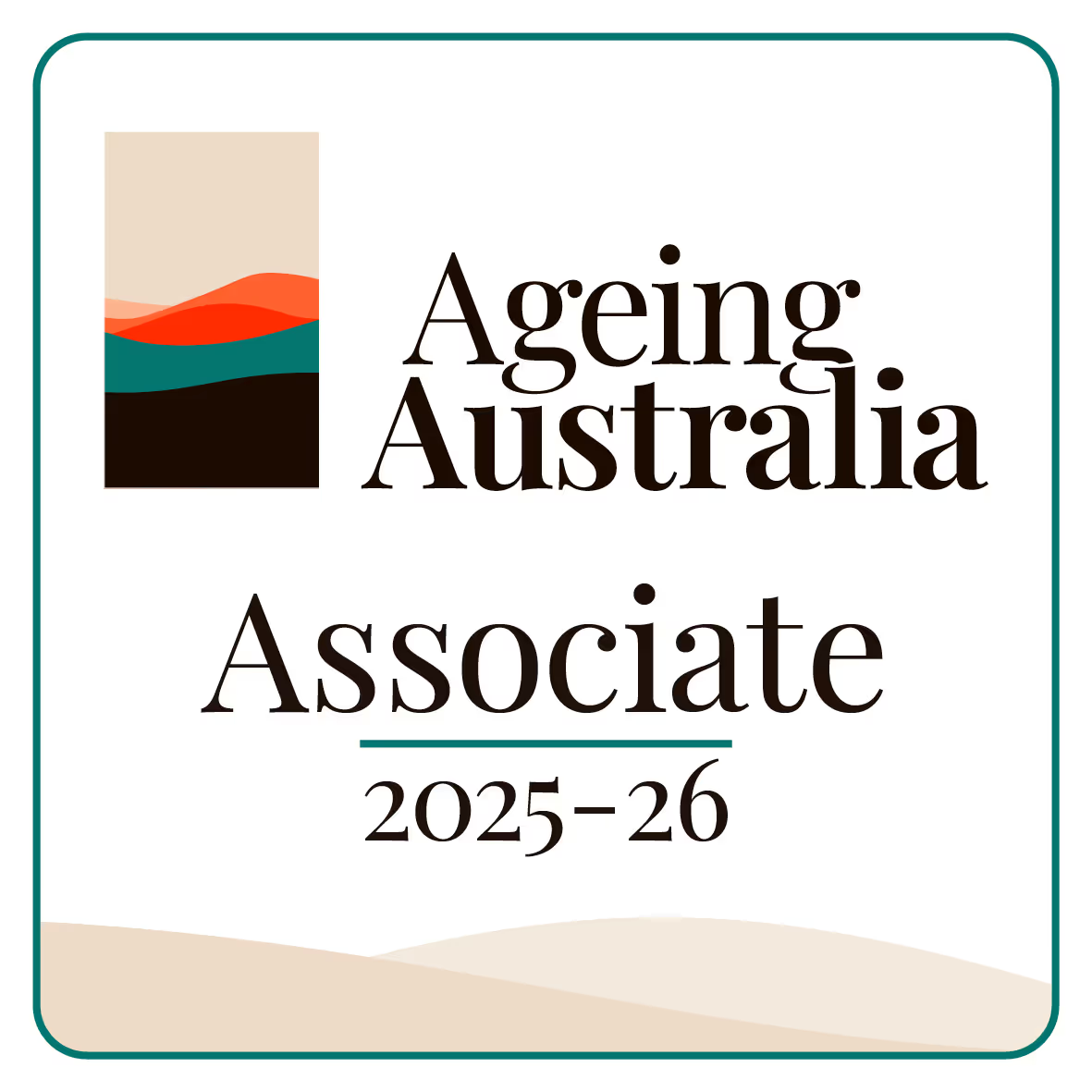The notification lands in your inbox: "Notice of Audit."
For many in the Australian aged care sector, these words trigger an immediate, sector-wide scramble. Staff are pulled from their primary duties, binders are frantically assembled, and a wave of stress washes over the facility. The focus shifts from resident care to audit preparation. This reactive, high-panic approach is exhausting, disruptive, and, most importantly, unnecessary.
What if Aged Care Audits were no longer a cause for alarm? What if they were simply a periodic check-in, a confirmation of the excellent, compliant work your team already does every single day?
This is the goal of the "always-ready" model. It is a fundamental shift from preparing for an audit to embedding compliance into your daily operations. It is about building a sustainable compliance culture rather than managing a series of compliance events.
What Is an 'Always-Ready' Audit Culture?
An 'always-ready' culture means that your organisation operates in a state of proactive compliance at all times. It is not a project; it is an operational philosophy.
In a reactive culture, compliance is an add-on. It is a set of tasks performed because an audit is scheduled. Evidence is gathered, paperwork is finalized, and processes are reviewed only when an external deadline forces the action.
In a proactive culture, compliance is integrated.
- Daily Compliance is visible and tracked as partof the workflow.
- Staff understand their compliance responsibilities not as a burden, but as a direct component of providing safe, high-quality care.
- Data and evidence are collected automatically, in real-time, as part of normal business.
When you are "always-ready," the announcement of an audit changes very little. The evidence is already there. The processes are already being followed. The team is confident because they are not getting ready; they are ready.
The Heavy Price of Reactive Compliance
Relying on the last-minute scramble is a high-risk strategy. The costs are not just financial; they are operational and human.
- Intense Staff Burnout: The pressure placed on your team during the pre-audit period is immense. This stress leads to mistakes, lowers morale, and contributes to staff turnover. Your best people spend their time building binders instead of supporting residents.
- Operational Disruption: Care routines are interrupted. Management focus is diverted from strategic goals to short-term damage control. The "all hands on deck" approach to audit prep means other important work is ignored.
- Increased Risk of Non-Compliance: When processes are only reviewed under pressure, gaps are missed. The "quick fix" implemented for the audit often fails to address the root cause of a problem, meaning the risk remains.
- A Culture of Fear: This model teaches staff to fear the audit process. They associate compliance with stress and punishment rather than with quality and improvement.
The Pillars of Proactive Compliance
Transitioning to an 'always-ready' model requires commitment, but it is built on simple, logical pillars.

1. Staff Empowerment and Education
Compliance cannot be the sole responsibility of the Quality Manager. It must be everyone's responsibility. Staff empowerment is the foundation.
Your team must understand the 'why' behind the standards. When a care worker understands how a specific action connects to a resident's safety or dignity (and how it will be audited), they are more likely to follow the process correctly every time. This requires clear, continuous training and open communication, not just an annual information session.
2. Integrated and Visible Systems
You cannot manage what you cannot see. Disconnected spreadsheets, paper checklists, and information silos are the enemies of proactive compliance.
An 'always-ready' culture is supported by modern tools that make compliance visible. When your team can see their responsibilities, track progress, and access information easily, compliance becomes part of the daily compliance rhythm. This is where systems like Governa AI become so valuable. They are designed to move Australian aged care providers away from manual tracking and provide a single source of truth for governance and compliance.
3. Continuous Monitoring, Not Just Spot-Checks
The old model relies on "mock audits" or quarterly reviews to find problems. The new model uses real-time monitoring.
Your leadership team should be able to see compliance metrics at any time. When a gap appears—a missing competency, a lapsed policy, or a resident incident trend—the system should flag it for immediate action. This continuous quality improvement is far more effective than finding dozens of issues a week before the auditors arrive.
Leadership's Role in Moving from Panic to Preparedness
This shift does not happen from the bottom up. It must be championed by the board, the CEO, and the entire leadership team.
As a leader, your role is to:
- Define the Vision: Clearly communicate that the goal is not just to "pass audits" but to build a culture of genuine, continuous quality.
- Provide the Right Tools: Invest in the systems and technology that make proactive compliance possible. Expecting staff to be 'always-ready' with fragmented, outdated tools is setting them up for failure.
- Champion Accountability: Hold managers and staff accountable for daily compliance, not just audit-time performance. Recognize and reward proactive behaviour.
By embracing this model, you are not just preparing for Aged Care Audits. You are building a more resilient, efficient, and high-quality organisation. You can find out more about how Governa AI supports this compliance leadership vision at https://www.governa.ai/.
The New Standard: Audits as a Non-Event
Imagine an audit notification arriving, and the only response is to schedule the meeting room. There is no panic, no scramble, no late nights.
This is achievable. By focusing on staff empowerment, integrated systems, and continuous monitoring, you can transform Aged Care Audits from a periodic crisis into a simple validation of the great work you do every day.










